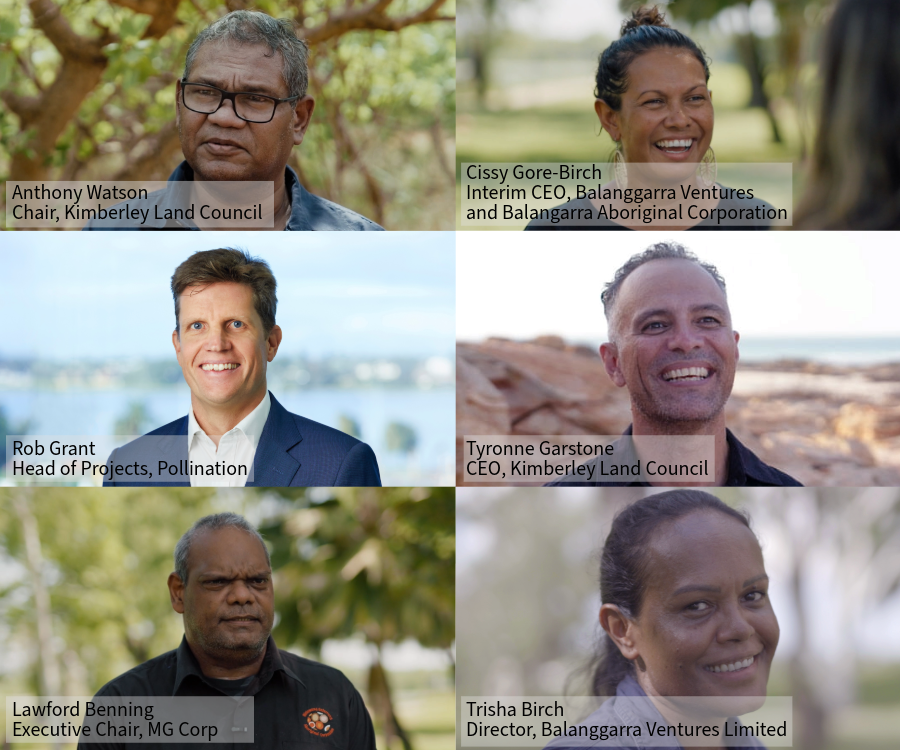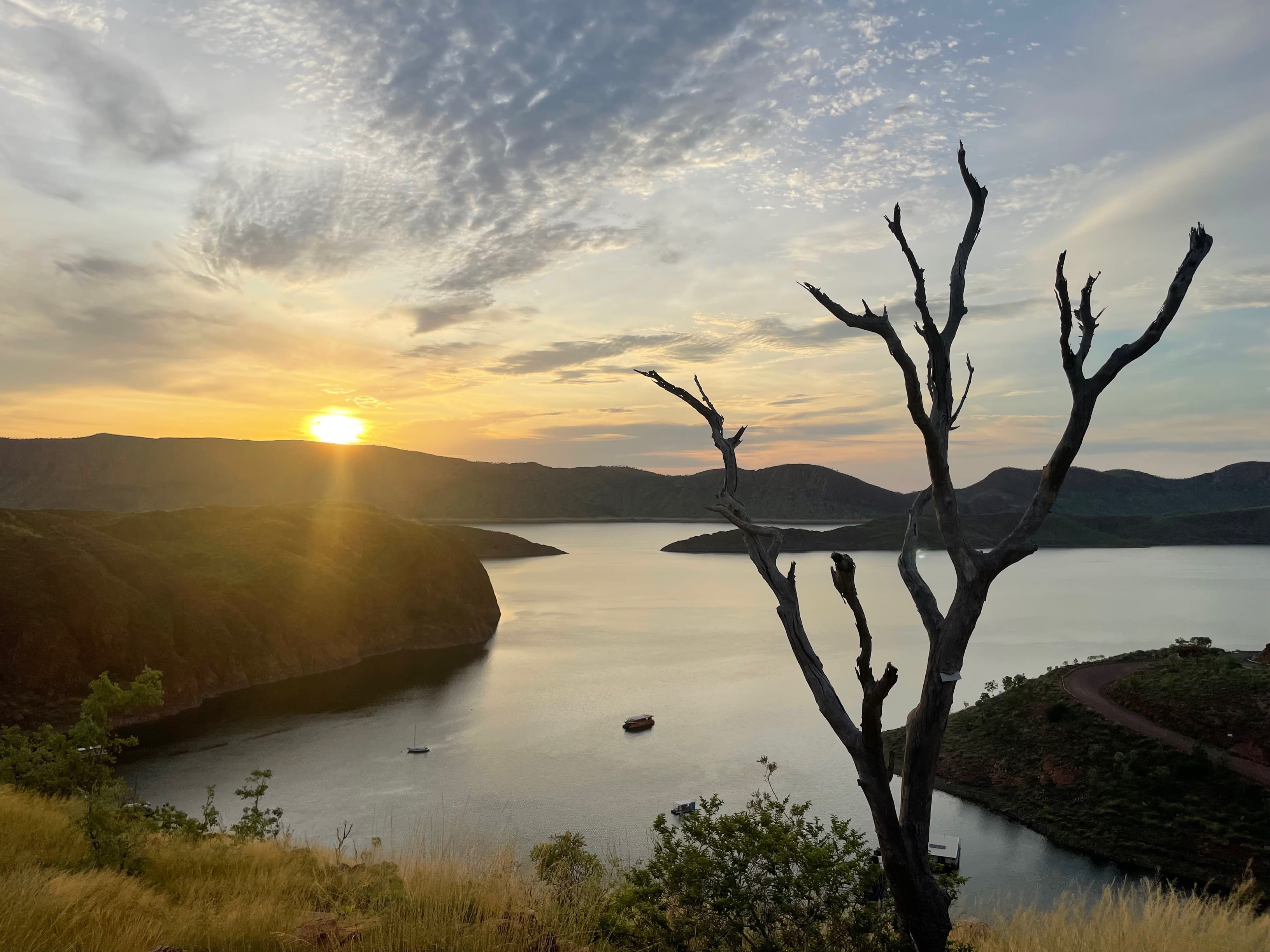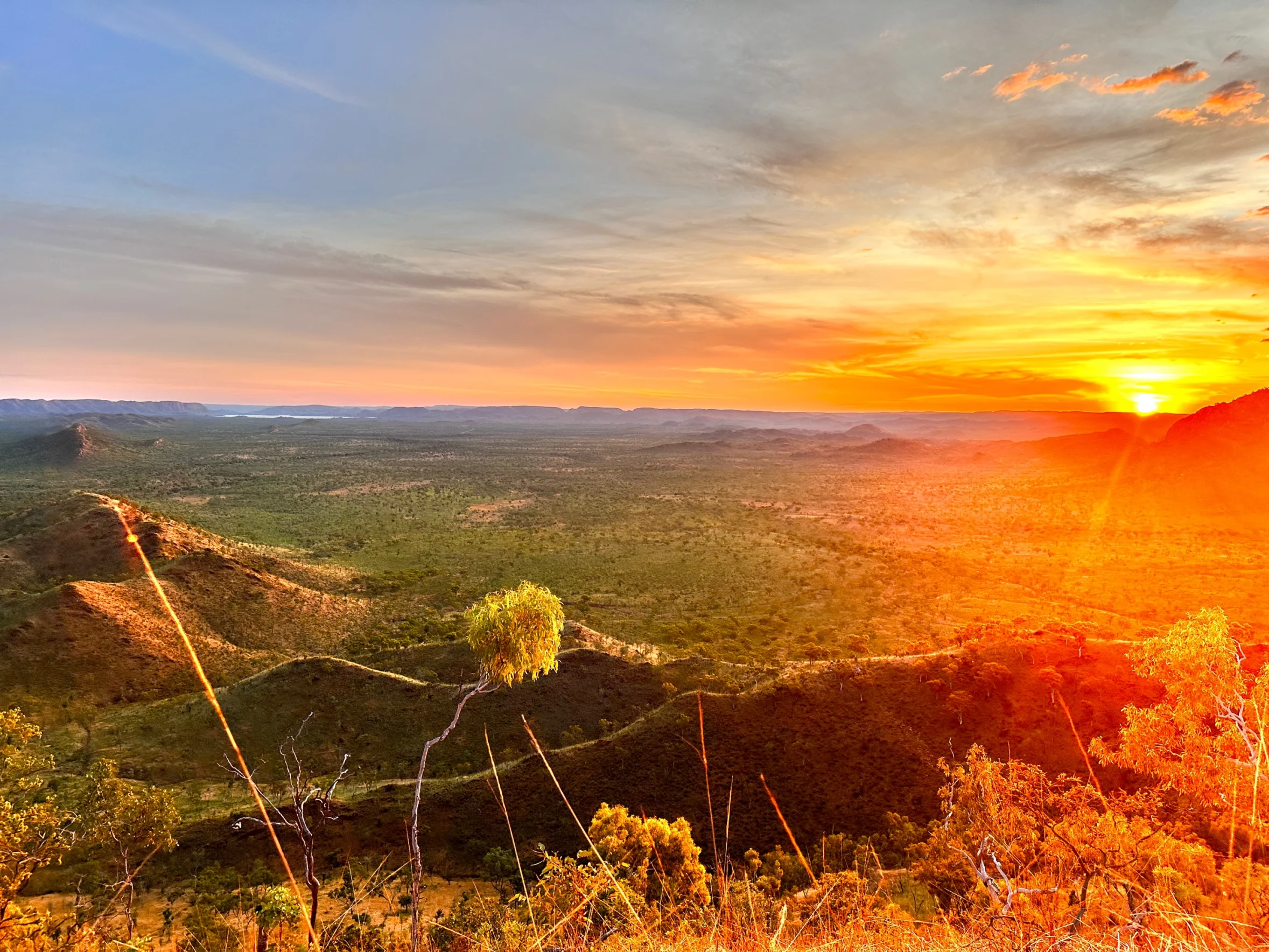Social licence and how to ‘achieve’ it is one of the key issues facing renewable developments across Australia.
What is the best way to engage and collaborate with local communities, particularly Traditional Owners, at all stages of large-scale developments, including before they are decided upon or built, and how does the sector ensure those benefits are long lasting and meaningful, while respecting local values and culture?
Money and jobs, while important, are far from the only desired outcomes of community engagement, and Traditional Owners, far from being passive recipients of ‘community benefits’, have plenty to offer the transition in the form of personnel, knowledge of Country, and more.
In February, the Clean Energy Council will be publishing its guide to engaging with First Nations communities for the development of renewable projects, which we have been working on alongside our colleagues at the First Nations Clean Energy Network and KPMG. We believe that in light of the result of the Voice to Parliament referendum, clean energy has a vital role to play in reconciliation, and that the energy transition offers a profound opportunity for Indigenous Australians to play a crucial role in a defining economic shift for the country.
Highlighting case studies that showcase promising ways to collaborate with Traditional Owners is key, which is why we spoke to the leaders behind the Aboriginal Clean Energy Partnership, a collaboration between industry and First Nations communities in the East Kimberley in Western Australia, which is working to deliver the first 100 per cent green energy, hydrogen and ammonia export project in the country.

We cannot have a just transition to net zero without First Nations ownership of the solution.Tyronne Garstone CEO, Kimberley Land Council

If we can get this right this could be a model that could be replicated throughout Australia and around the world, working with Aboriginal peopleLawford Benning Executive Chair, MG Corporation
Perfect location
The project is being built around a partnership in which the Traditional Owners of the land, represented by MG Corporation and Balanggarra Aboriginal Corporation, will join the Kimberley Land Council and climate change investment and advisory firm Pollination as equal shareholders.
“We know that in Australia, around 48 per cent of the renewables we are going to need to get to net zero will have to be located on land that is subject to some kind of native title or traditional ownership. It’s not just a case of us wanting this model to work; we say it must work. This is by far the most inclusive, most commercially astute and least risky way of building the future infrastructure that is going to be needed,” says Rob Grant, Head of Projects at Pollination.
The project has moved through the scoping phase and is currently at the stage of project feasibility and design, alongside approvals applications. When completed, it will consist of a 2000-hectare solar farm developed on MG Corporation freehold land near Kununurra. The solar farm will produce approximately 1 GW of energy, which will be combined with fresh water from Lake Kununurra and hydro energy from the Ord Hydro Power Plant at Lake Argyle to produce green hydrogen. If all goes to plan, the construction phase should begin in 2026, with operation currently scheduled for early 2029.
“One of the huge strengths of our project is how pragmatic and clear-eyed it is,” says Grant. “We have selected a location where the solar and water resources are perfectly suited to making hydrogen, where there is access to grid infrastructure, export capability and other useful transportation assets. And we have selected a product, in green ammonia, that we are extremely confident there will be a market for at the time we are producing it.
Lasting benefits
Building renewable energy projects on First Nations land need not represent a clash of values. “We’ve seen the impacts of what the dirty energy revolution has done not only to our own country but more broadly to the world,” says Tyronne Garstone, CEO of Kimberley Land Council. “The clean energy movement is aligned to Traditional Owners’ values and core responsibility to look after Country.”
But for it to work, the benefits must be real. The partnership is not looking to “[provide] a rash of short-term and relatively unskilled jobs that quickly dry up once the project is completed,” says Grant. “It means working with our partners to identify the skills and capability gaps that might need boosting through training so that skilled local workers are available when the project is ready for them. It also means working with our partners to build additional ancillary businesses and opportunities on top of the basic workforce required.”
Crucially, the Aboriginal Clean Energy Partnership has created an opportunity for Traditional Owner groups to co-design the parameters of the project. This model embeds cultural heritage, environmental and engineering concerns, and approvals in project development activities, which should significantly de-risk the project and accelerate delivery.

A just transition
During the research process for our forthcoming First Nations engagement guide, there was significant support among First Nations communities for ownership and co-ownership agreements like the East Kimberley Clean Energy Project, because real partnerships enable local communities to participate beyond entry level employment, instead providing long-term and sustainable economic benefits to communities for generations to come.
Clean energy developments represent an opportunity to care for, work with and bring economic development to Indigenous communities that have been abandoned for too long, and at the same time, build the groundwork for Australia’s essential and inevitable green economy, the benefits of which will be felt by all Australians in the shape of job opportunities, lower energy bills, lower pollution levels and much more.
We are capable of doing this type of development on our Country. We're not always opposed to development; it's just got to be the right type of project.Trisha Birch Balangarra Ventures
The fact that Australia can achieve these two goals in tandem is a momentous opportunity. The industry needs to move away from engagement practices that have too often focused on compliance measures, without meaningfully taking in to account community expectations. Equitable, good-faith partnerships are how the clean energy industry can build what is needed in the urgent time frame required.
“If we look at all the natural resources we have it’s a beautiful country,” says Lawford Benning, Executive Chair, MG Corporation. “And that’s the most important thing – the planet. How do we celebrate this without hurting it, and have something here for our kids that we can’t see today?”
To learn more about the Aboriginal Clean Energy Partnership and the East Kimberley Clean Energy Project, click here.
Related resource
Read our best practice guide on how clean energy projects should engage and foster collaborative relationships with First Nations peoples.
